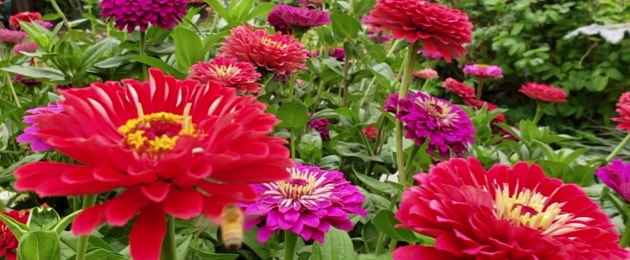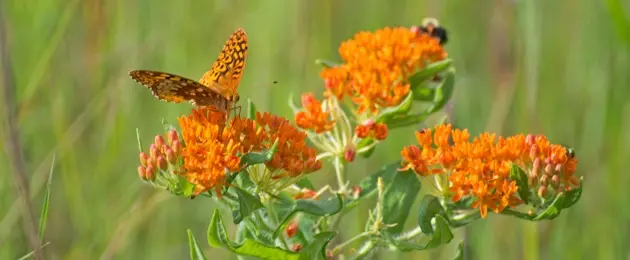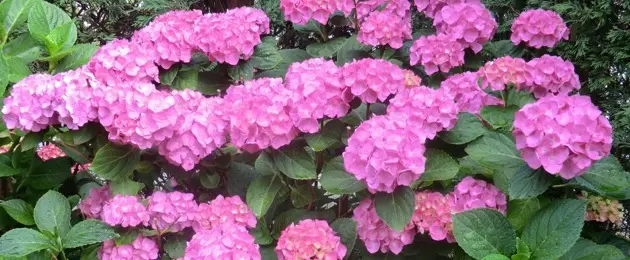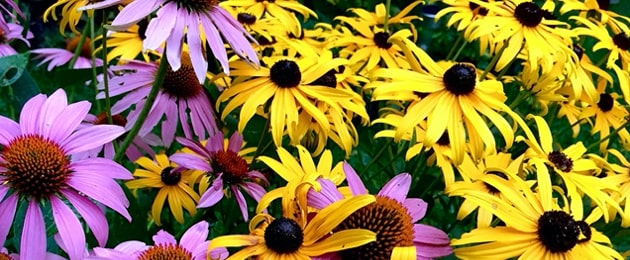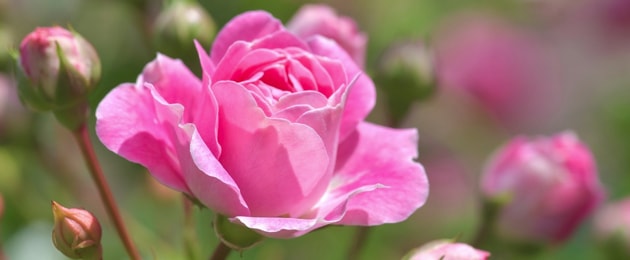Growing Zinnias
Loved by novice and expert gardeners alike, Zinnias are often the star of the summer flower gardens and bloom with little effort from summer to frost. The more you cut them, the more they will branch and bloom. Zinnias which are native to Mexico, appreciate warm weather and bloom heaviest when daylight is less than 12 hours.
Sowing
Outdoor Sowing (recommended)
1 to 2 weeks after your average last frost date. The ideal soil temperature for zinnia seed germination is 70°-80°F.
Zinnias thrive in fertile, well-drained soil in full sun (6 hours or more). Amend the soil prior to transplanting. A soil test is the best way to know how to amend your soil.
Sow a group of 3 seeds every 8″-12″ apart and ¼” deep, depending on the variety (consult your seed packet).
Indoor Sowing
4 to 6 weeks before your average last frost date. Transplant outdoors after last frost. Zinnias do not benefit from being planted early; wait for warmer weather.
Sow seeds 1/4″ deep using a lightweight seed starting mix/media. Sow two seeds per pot, thinning to the strongest plant once leaves appear – clipping extras at soil level with scissors. Look for thick, strong stems and deep color – the strongest plant may not be the tallest. By thinning early, you minimize the negative impact of crowding, like stretching for light.
If your seed starting mix does not contain nutrients, feed your seedlings regularly with a balanced liquid fertilizer that has equal parts nitrogen, phosphorus, and potassium. It is best to use a weak fertilizer solution more often rather than to over-fertilize.
Containers
Almost any clean container with proper drainage holes will work. Zinnias are often started in 4- or 6-celled pots, and biodegradable pots work well. Pot zinnias into a larger container before they become rootbound while being careful not to disturb roots.
Transplanting
Harden-off seedlings for 7 to 10 days prior to transplanting, by moving plants outdoors for a portion of the day to gradually introduce them to the direct sunlight, dry air, and cold nights. Transplant seedlings after the threat of frost has past, as zinnias are frost sensitive. Keep in mind it’s best to transplant on a cloudy day or in the evening to reduce transplant stress.
Weeding & Feeding
Keep them weeded well so there’s no need to compete for water or nutrients. Well-weeded patches of zinnias will also get more airflow, which helps avoid fungal disease. Cultivate shallowly – zinnia roots are close to the soil surface.
Fertilize if the soil is deficient with a slow-release or liquid, phosphorous-rich fertilizer.
Water
Keep zinnias consistently moist but not soggy by allowing the top inch of soil to dry between watering once plants are established. Water the soil, being careful to avoid the foliage. This helps prevent fungal disease. Mulching can help keep down weeds, avoid soil splashing that can spread disease, and as well as keeping soil more consistently moist.
Special Care
Once your seedlings have 4 sets of leaves, clip or pinch back to just above a set of leaves to encourage them to branch out. Deadhead them frequently to keep them blooming since it stops them from producing seeds and encourages them to begin the bloom cycle again.
Pests & Diseases
Powdery Mildew looks like a white powder on leaves. It thrives in humid weather with cool nights. Reduce chance of this disease by avoiding the leaves while watering, and only water in the morning and during the day. Do not compost any diseased plants since the spores may over-winter and may re-infect crops the following season.
Indoor Bouquets
For longest vase life, harvest your zinnias before the small yellow flowers emerge from between petals.
Resources: BotanicalInterests.com


